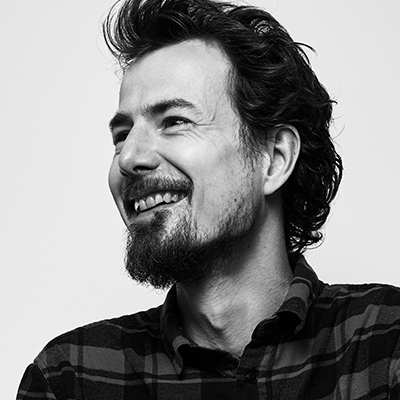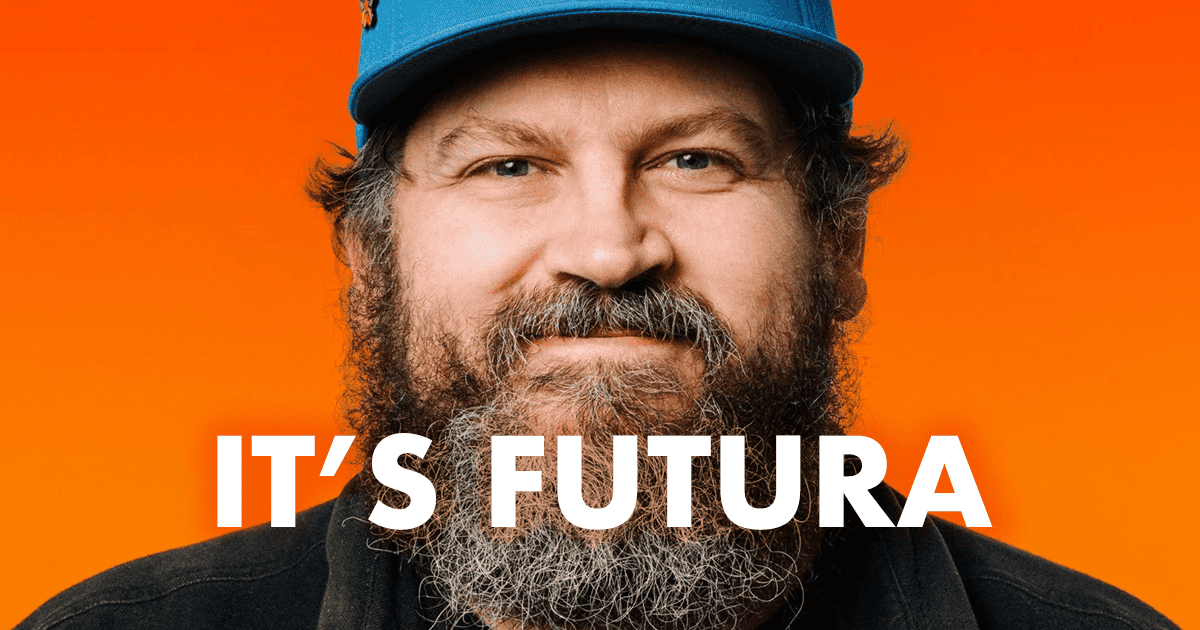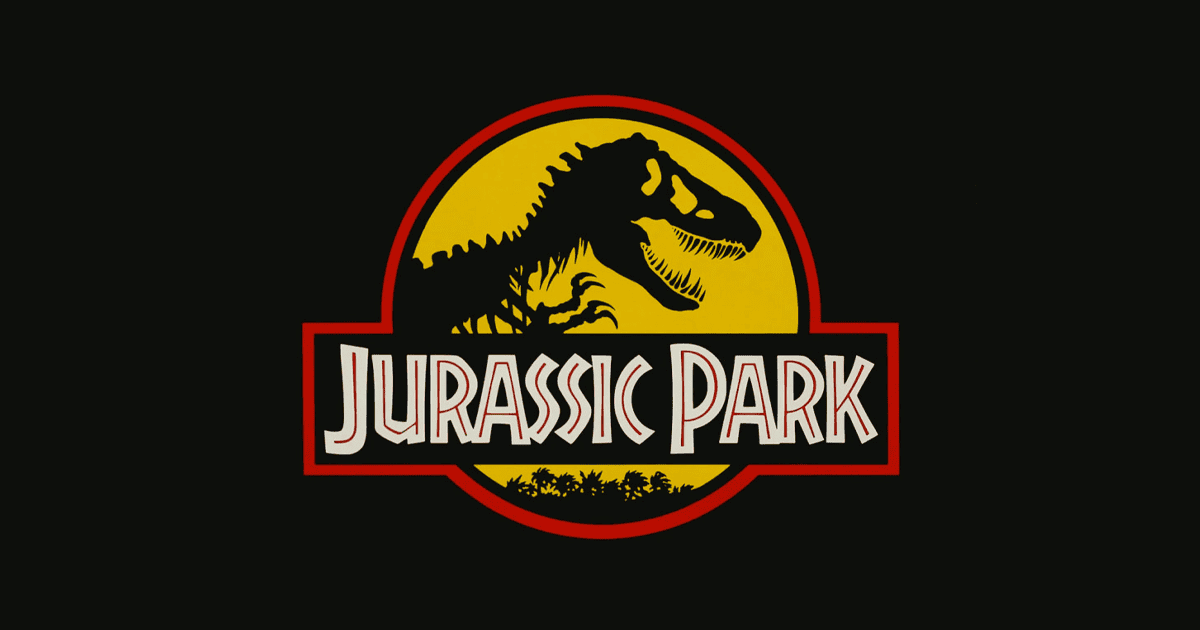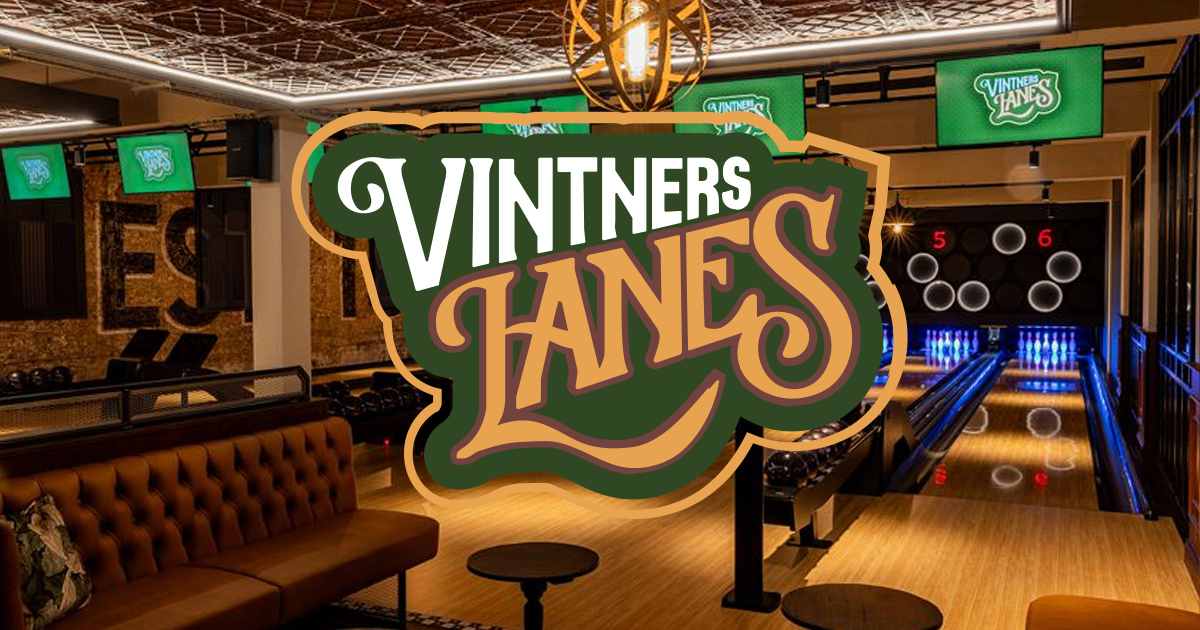The articles section of the Typeface website brings in some interesting search queries. I’ve mentioned Aaron Draplin at some point on here, so in case those couple of visitors a month who were searching for ‘Aaron Draplin Font’ were wondering; it’s Futura. In the spirit of SEO, I’ll reiterate below using an h2 tag.
What font does Aaron Draplin use? He uses Futura
And who can blame him it is a gorgeous font, but why does he use it so much and what makes it so useable? We’ll talk about that in a moment because I have a feeling that a lot of people asking this question are design students.
I’m a big fan of Aaron and his work, we share a similar mindset, early drive, and reasons to want to work in graphic design. It’s a notoriously difficult industry to break in to. It was in the late 90s and early 2000s and even more so now. The reality of breaking in to this industry now is that young designers either need to accept wages that are below their worth and the value that they add, coupled with a lack of creative control, or they need to grind by carving out a market and nurturing a scene. Neither of these are profitable ways to start a career, they can and do lead to burnout. Young creatives are often taken advantage of because graphic design as a career is seen as vocational, fun, or something that they’re lucky to be doing. Graphic designers tend to last around 5 years before they sidestep or change industries.
The beginning of a design career is incredibly stressful. You’ll be second guessing yourself constantly because everybody else’s opinions carry more weight than yours, but if you can stick with it, gain that experience and do it on your own terms because you love it; it won’t get any less stressful but I promise you it’s worth it.
A designer’s argument for using two or three fonts at a time
Back to (the) Futura. There’s a reason Aaron uses Futura so often and it’s not because of laziness, or a lack of typographic knowledge. It’s experience and the ability to use the typeface as a building block to bend and hone to any application.
I have my favourite typefaces, and they tend to be simple. I’m familiar with them, I understand their architecture and how well they can be applied to a project. When designing a logo, choosing a font to work with is usually the first step before customisation and redrawing to create something unique.
There is no standard “creative process” for all projects. Sometimes a brand calls for familiarity, sometimes it needs to be unique and disruptive. All business are different and so are their goals. Expectations are important and so companies either meet and exceed what’s expected of them, or they throw the book out completely to stand separately from their competition. Nobody chooses a company to work with if that first impression doesn’t at least meet expectations.
This doesn’t mean that the designer starts from scratch every time they produce new creative though. Instead they reference their toolbox for processes that they can build on, re-apply, alter, change and reshape. Over the course of a career that toolbox gets bigger, the designer’s experience becomes a selling point and knowledge becomes the product.
Futura is a toolbox staple, it’s a workhorse. It’s not trendy, it’s timeless. Draplin doesn’t hide behind novelty; he builds from solid, understandable foundations. There’s a lesson there for young designers chasing the next viral typeface. Good design isn’t about chasing trends and using every tool you have it’s about knowing which tools to trust. For Aaron, Futura is one of those tools.
My font toolbox
I have two approaches to lettering. If a company is mainly digital or leans in to a technical industry then I reference and use the fonts in my toolbox as starting points. If something is physical, a space, a building or relies on human interaction then I tend to start with a pen and pad.
I have some favourite fonts in my toolkit that I use quite a lot as starting points for logo design, I also find that as I’ve been working with the same typefaces over a few years I tend to navigate towards thick, sans-serif fonts with straight lines, smooth curves and well adjusted visual proportions. These types of fonts lend themselves to adjustment because they act as a grid for each letter. Familiarising yourself with a couple of fonts, outlining and treating each letter as its own individual shape to be adjusted and tweaked is the secret to being an amazing logo designer. That, by the way, is why Helvetica is the Golden Child of graphic design.
The current Typeface font toolbox
Fonts in heavy rotation at Typeface:
- Circular
- PT Sans
- Acumin Variable Concept
- DIN
- Interstate
Futura alternatives
If you like Futura, you might also like:
- Montserrat (free on Google Fonts)
- Avenir (Frutiger’s refinement)
- Twentieth Century (Monotype’s take)
- Neuzeit Grotesk (similar Bauhaus DNA)







